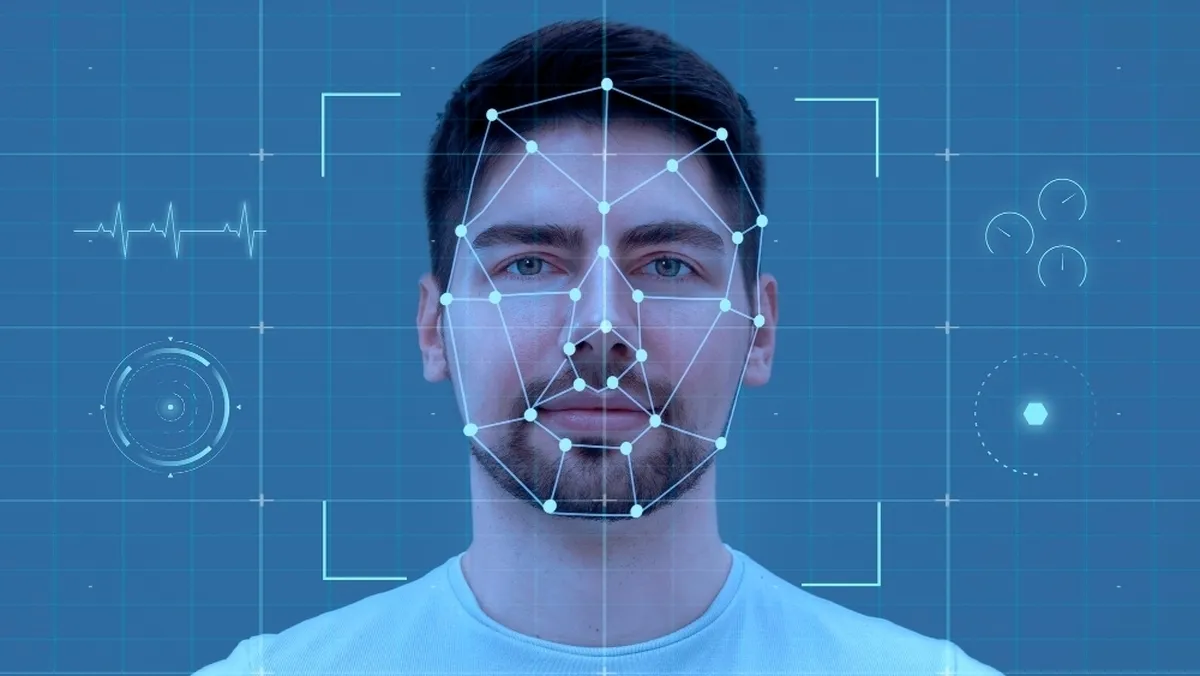Iranian Company Uses AI to Personalize Cosmetic Products

“For the first time, the personalization of skin and hair care health products, perfume, etc. (personalized cosmetics) based on diseases, sensitivities, genetics and skin and hair analyzes for each person started in our company,” Bita Mehravi, the managing director of the knowledge-based company.
“In this method, after scanning the skin, information like the amount of fat, wrinkles, moisture and skin spots is sent to a server and analyzed with the help of a program written based on artificial intelligence,” she added.
“The final quantitative and qualitative analysis is given to the physician and based on the results of these two analyzes a complete care package is prescribed for the person,” Mehravi said.
In a relevant development in April, Iranian researchers at the Medical Sciences Department of Islamic Azad University’s Saveh branch used artificial intelligence (AI) to make a device which helps rapid monitoring and healing of different wounds.
“We succeeded in building an efficient device for analyzing electrical signals in skin, muscle and nerve layers to detect the healing process of a wound based on machine learning algorithms,” Amirhossein Nazari, a medical engineering expert, researcher and supervisor of the student team, told ANA.
He explained that the device starts sampling of the wound without the slightest side effects and completely non-invasively by putting its electrodes around the wound and pressing the start button.
“Then the received data is analyzed and finally the healing process of the patient's wound is displayed with three LEDs on the device with green (excellent healing process), yellow (borderline healing process) and red (regressive healing process) colors. Next, the received wound data is sent to the PC through the USB protocol,” Nazari said.
“The frequency and resistance of biological tissues are measured by surface or needle electrode connection, and by using algorithms like FFT, DFS, and KNN, and implementation on signals and data, the rate of healing or regression of the wound in a certain period of time is displayed as a percentage,” he added.
4155/v





















